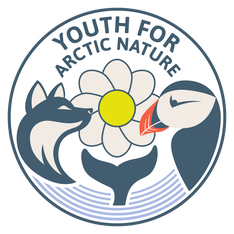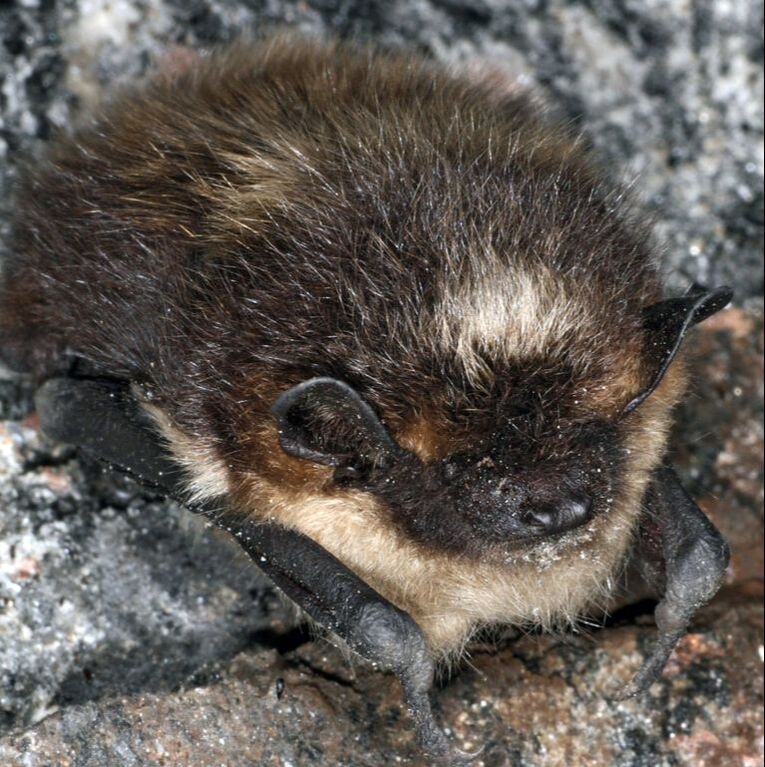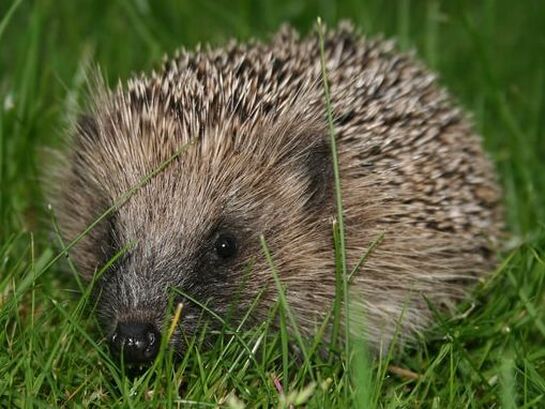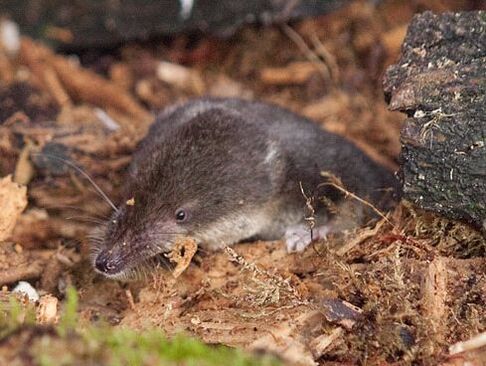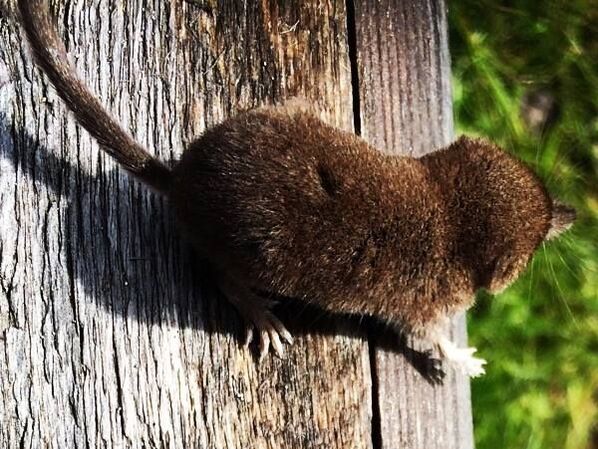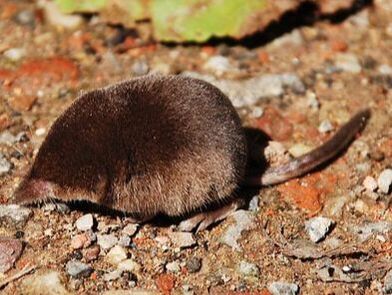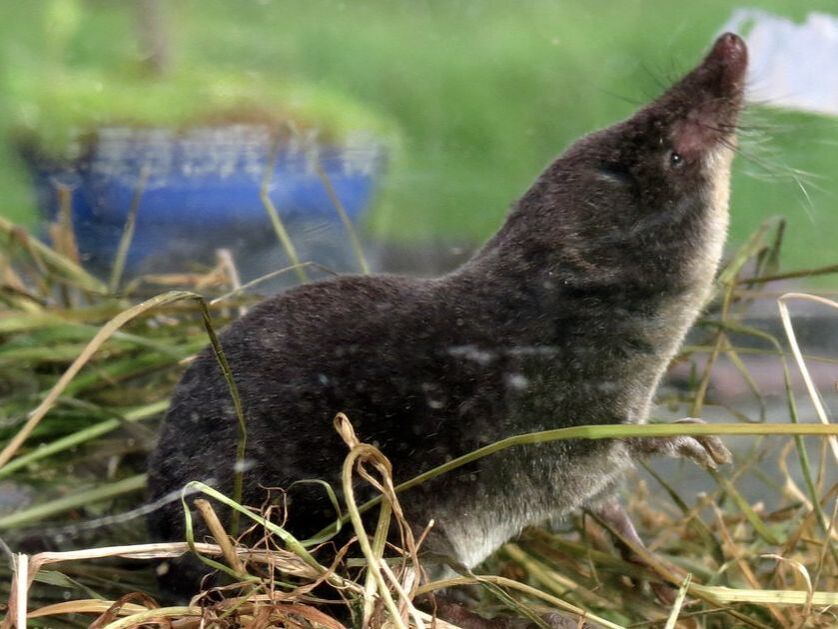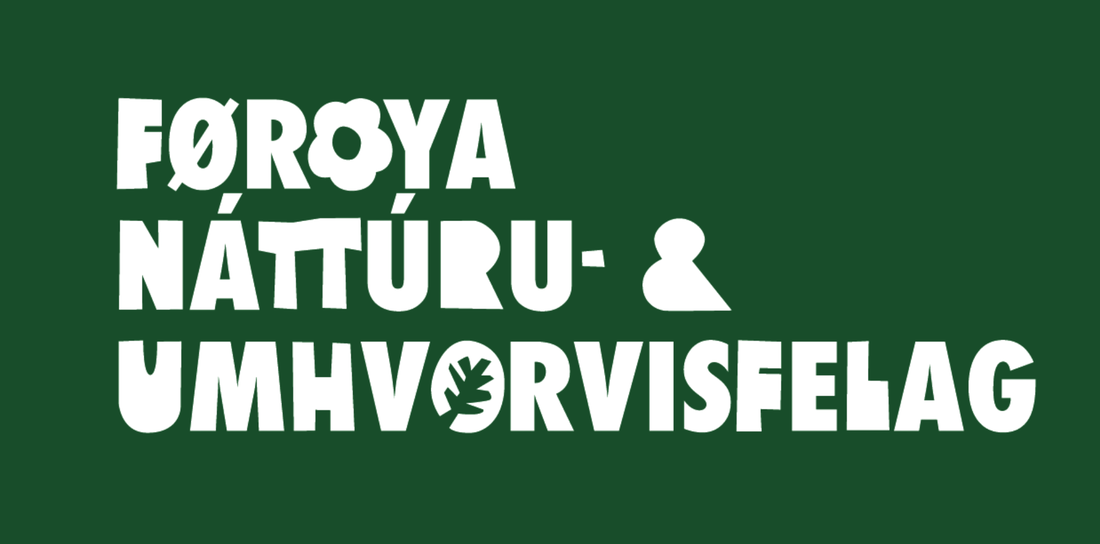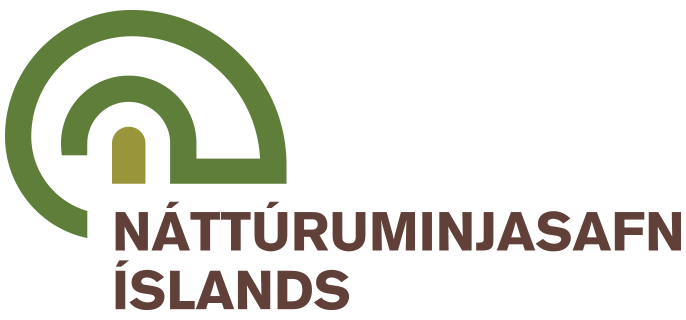The following is a near complete list of native land insectivorous mammals found in the East Atlantic Arctic. They are classified by order and family, which are genetic groups that highlight a common ancestor. Family describes a closer genetic closeness than order. Sizes are given from nose to tail.
HB: Head and body length
TL: Total length
WS: Wing span
T: Tail length
W: Weight
HB: Head and body length
TL: Total length
WS: Wing span
T: Tail length
W: Weight
|
Chiroptera is the order that contains all bat species. There is only one bat that is commonly found in the Arctic is the aptly named Northern bat Eptesicus nilssonii. Its main distribution ranges from central and northern Europe to central Russia, with a smaller population in eastern Russia. It is found throughout Fennoscandia including the northernmost regions, but it is not common inside the Arctic circle - although it is regularly seen. Instead, the preferred habitat of the northern bat is boreal and mountainous forests. To survive the cold, it hibernates in winter from November or December to April or May. The fur is very dark with golden tips. The face and ears are black, and the ears are very round.
Size: HB: 5.4-6.4cm, WS: 24-28cm, W: 17-34kg. |
Northern bat.
|
Eulipotyphla is the order of mammals that contains, for example, moles, shrews, and hedgehogs. There are four species of shrews to be found in the East Atlantic Arctic, and one species of hedgehog. They are characterized by a long snout, a diet of insects and small invertebrates, and a usually bad vision.
|
Erinaceidae is the hedgehog family, which contains the European hedgehog Erinaceus europaeus. Like all hedgehogs, it is characterized by small back spines which are made of keratin, the same material as hairs. It is a nocturnal animal. The European hedgehog is found in western Europe and in northern Europe. This includes southern coastal Norway and Sweden, and Finland except the northernmost areas. Therefore, it is more subarctic than Arctic.
Size: HB: 30cm, WS: 2cm, W: 450-1500g. |
European hedgehog.
|
Soricidae is the shrew family. Shrews are small but fascinating mammals which have a very high metabolism, eating up to twice their weight in food every day. Some shrew species are part of the small group of mammals which are able to use echolocation, meaning they can locate prey through sound like bats. Their vision is poor, but their other senses are excellent. Some shrews have venomous saliva, which is also very rare amongst mammals. Because of their size and habitat, they are difficult to observe in the wild.
- The Common shrew Sorex araneus is the most common shrew in Europe. Its main distribution is from Great Britain and northwestern Europe to central Russia. A mostly subarctic species, it is present throughout Fennoscandia but is uncommon North of the Arctic circle. It has been found to be able to use echolocation. Size: HB: 5.4-8.7cm, T: 3.2-5.6cm, W: 6-12g.
- Laxmann's shrew Sorex caecutiens. Also called the Eurasian masked shrew, this species is strictly subarctic and Arctic. It is found from northern Fennoscandia to eastern Siberia. It can be recognized by its white feet and claws, and the tail tip is furry. Size: TL: 7.5-11.5cm, T: 3-4.5cm, W: 3-8g.
- The Eurasian pygmy shrew Sorex minutus. This extremely small rodent is found from western Europe to central Russia, including throughout Fennoscandia. It is active both during the day and at night, and because of its high metabolism it must eat at least every two hours throughout its short life. Size: HB: 4.0-6.4cm, T: 3.0-4.6cm, W: 2.5-7.5g.
- The Eurasian water shrew Neomys fodiens. Present from western Europe to Japan, this semi-aquatic shrew is also found throughout Fennoscandia. It is part of shrews which have venomous saliva. Because of its venom and its larger size than most European shrews, it is able to feed not only on insects and small aquatic invertebrates, but also on small fish, frogs, or newts. Size: HB: 6.3-9.6cm, T: 4.7-8.2cm, W: 8-23g.
Pictures
- "hedgehog" by FletchtheMonkey is marked with CC BY-NC 2.0.
- "Põhja-nahkhiir; Eptesicus nilssonii" by urmas ojango is marked with CC BY-NC 2.0.
- "File:European hedgehog (Erinaceus europaeus).jpg" by Gaudete is marked with CC BY-SA 2.5.
- "Water Shrew, Neomys fodiens" by Jamie McMillan is marked with CC BY-NC-SA 2.0.
- "Lappnäbbmus 140621.jpg" by Deryni is marked with CC BY-SA 3.0.
- "Common Shrew (Sorex araneus)" by Kentish Plumber is marked with CC BY-NC-ND 2.0.
- "File:Sorex minutus.jpg" by Importé sur Commons par Salix. Sur Flikr par Polandeze is marked with CC BY 2.0.
References
- Chai, Simin; Tian, Ran; Rong, Xinghua; Li, Guiting; Chen, Bingyao; Ren, Wenhua; Xu, Shixia; Yang, Guang (25 February 2020). "Evidence of Echolocation in the Common Shrew from Molecular Convergence with Other Echolocating Mammals" (PDF). Zoological Studies. 59 (4). doi:10.6620/ZS.2020.59-04.
- Couzens, D., Swash, A., Still, R., & Dunn, J. (2021). Britain’s Mammals Updated Edition A Field Guide to the Mammals of Great Britain and Ireland (Revised). Princeton University Press.
- Reid, D. G., Berteaux, D., & Laidre, K. L. (2013). Mammals. In Arctic Biodiversity Assessment (pp. 78–141). https://www.caff.is/assessment-series/arctic-biodiversity-assessment/208-arctic-biodiversity-assessment-2013-chapter-3-mammals
- Sale, R. (2006). A complete guide to Arctic wildlife. Christopher Helm.
